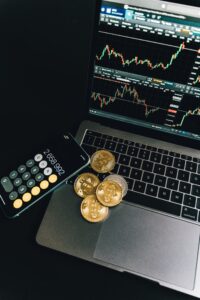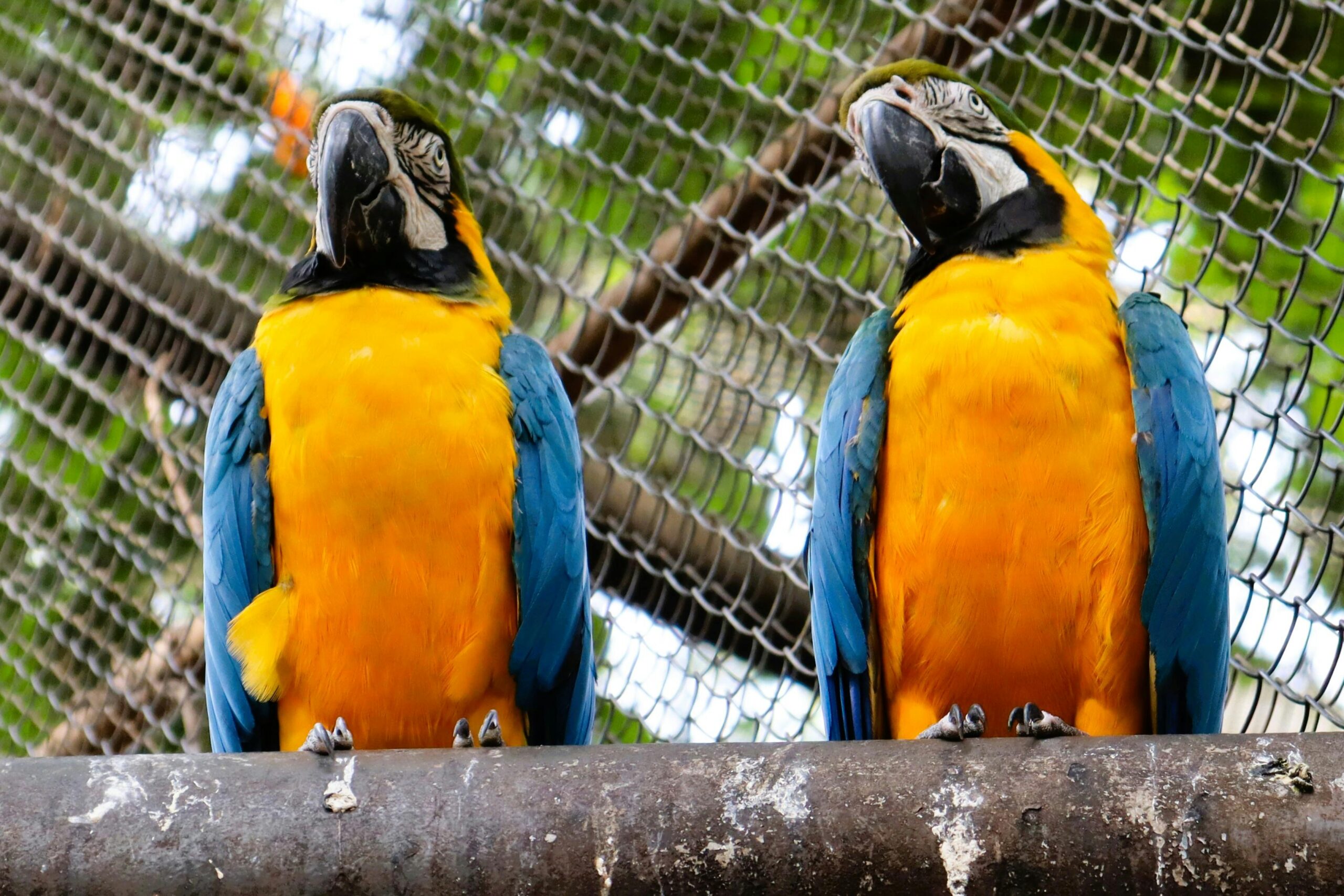In an increasingly climate-conscious world, the carbon market emerges as a crucial economic tool for transitioning to a low-carbon economy. Brazil, with its vast biodiversity, extensive forests, and renewable energy potential, holds a privileged position in this global scenario. The recent regulation of Brazil’s carbon market through Law 14,119/2021 marks a turning point in the country’s environmental and economic history, paving the way for new business opportunities, investments, and sustainable development.
Understanding the Carbon Market: Fundamental Concepts

The carbon market is an economic mechanism designed to incentivize greenhouse gas (GHG) emission reductions by putting a price on carbon. Essentially, it transforms the ability to reduce emissions or remove carbon from the atmosphere into a tradable asset, creating financial incentives for decarbonization.
Types of Carbon Markets
There are two main types of carbon markets:
Regulated (Compliance) Markets: Established by national or international legislation, such as the European Union Emissions Trading System (EU ETS) or Brazil’s newly regulated market. In these markets, governments set emission limits (caps) for specific economic sectors. Companies that emit below their limits can sell their “surplus” to those that exceed their quotas.
Voluntary Markets: Operate outside regulatory frameworks, allowing companies, individuals, and organizations to voluntarily offset their emissions by purchasing carbon credits. These markets have grown significantly in recent years, driven by corporate climate neutrality commitments and increasing pressure from consumers and investors for sustainable business practices.
Carbon Credits: The Market Currency
A carbon credit represents the reduction or removal of one metric ton of carbon dioxide equivalent (tCO2e) from the atmosphere. These credits can be generated through various types of projects:
Emission Reduction Projects: Include energy efficiency initiatives, transitions to renewable energy, methane capture in landfills, and others.
Carbon Removal Projects: Involve sequestering carbon from the atmosphere, such as reforestation, ecosystem restoration, regenerative agriculture, and direct air capture technologies.
REDD+ Projects (Reducing Emissions from Deforestation and Forest Degradation): Focus on conserving existing forests, avoiding emissions that would occur from deforestation.
Credit quality is determined by criteria such as additionality (ensuring reductions wouldn’t happen without the project), permanence (durability of reductions/removals), verifiability (ability to measure and monitor results), and avoidance of double counting (ensuring credits aren’t counted more than once).
The Brazilian Context: Potential and Unique Aspects

Brazil has unique characteristics that position it as a potential leader in the global carbon market:
Natural Heritage and Mitigation Potential
Home to the world’s largest tropical rainforest (the Amazon) and other high-biodiversity biomes like the Cerrado, Atlantic Forest, and Pantanal, Brazil holds approximately 12% of the world’s forests. This natural heritage represents a massive carbon stock and potential for credit generation through conservation and restoration projects.
According to studies by WayCarbon and the World Resources Institute (WRI), Brazil could generate 1.3 to 2.5 billion carbon credits by 2030 from forest projects alone. At current average prices, this would represent a potential market of $13–25 billion.
Beyond forests, Brazil is a global leader in bioenergy and has one of the cleanest energy matrices among major economies, with about 45% renewable sources. The country has vast potential to expand solar, wind, and biomass energy, generating additional carbon credits.
Evolving Regulatory Framework
The regulation of Brazil’s carbon market marks a significant step forward. Law 14,119/2021, known as the National Policy for Payment for Environmental Services Law, established the basis for valuing ecosystem services, including carbon sequestration.
In 2023, Decree 11,075 set procedures for Sectoral Climate Change Mitigation Plans, creating the National System for Reducing Greenhouse Gas Emissions (SINARE). This system will register, monitor, and verify emission reduction/removal projects, ensuring the integrity of Brazilian carbon credits.
Full regulation of Brazil’s compliance market is expected by 2025, with sectoral emission reduction targets and a national cap-and-trade system.
National Climate Commitments

Under its Nationally Determined Contribution (NDC) to the Paris Agreement, Brazil committed to reducing GHG emissions by 50% by 2030 (compared to 2005 levels) and achieving climate neutrality by 2050.
Meeting these goals will require significant decarbonization investments, making the carbon market a key mechanism for enabling this transition.
Current State of Brazil’s Carbon Market
While the regulated market is still being implemented, Brazil’s voluntary market is already growing:
Expanding Voluntary Market

Brazil is the fourth-largest generator of voluntary carbon credits globally, behind only China, India, and Turkey. In 2023, Brazilian projects issued approximately 18 million carbon credits in the voluntary market, representing about 12% of the global market.
Most projects focus on forestry (REDD+, reforestation, sustainable forest management), accounting for ~70% of credits generated. Other key sectors include renewable energy (15%), waste management (8%), and sustainable agriculture (7%).
Prices and Trends
Prices for Brazilian carbon credits vary significantly by project type, certification standard, and co-benefits. In 2023, average prices ranged from $5–15/tCO2e, with high-quality projects offering socio-environmental co-benefits commanding over $20/tCO2e.
Projects combining biodiversity conservation, water resource protection, and local community benefits tend to fetch premium prices, reflecting buyer sophistication—they seek not just offsets but measurable positive impact.
Key Players and Initiatives
Brazil’s carbon market ecosystem includes:
Project Developers: Companies like Biofílica, Carbonext, and WayCarbon lead carbon project development, especially in forestry.
Certifiers and Standards: Verra (Verified Carbon Standard) and Gold Standard dominate. Recently, national standards like Floresta+ Carbono have emerged, tailored to Brazil’s context.
Corporate Buyers: Major Brazilian companies like Natura, Suzano, Vale, and Itaú Unibanco actively purchase credits to offset emissions and advance climate neutrality goals.
Trading Platforms: B3 (Brazil’s stock exchange) and MOSS are developing infrastructure to facilitate domestic credit trading.
Sector Initiatives: The RenovaBio program (biofuels) already operates a certification and trading system for decarbonization credits (CBIOs), functioning as a sectoral carbon market.
Opportunities in Brazil’s Carbon Market

The carbon market’s development opens opportunities across sectors:
Agribusiness and Land Use

Brazil’s agricultural sector (~28% of national emissions) holds vast potential for carbon credits through sustainable practices:
Low-Carbon Agriculture: Techniques like no-till farming, crop-livestock-forest integration (ILPF), and bio-inputs can reduce emissions and increase soil carbon sequestration. The federal ABC+ Plan aims to expand these practices to 72 million hectares by 2030.
Sustainable Livestock: Improved pasture management and strategic feed supplementation can significantly reduce methane emissions per kg of beef produced.
Forest Restoration and Agroforestry: Restoring degraded lands and implementing agroforestry systems offer dual benefits: carbon sequestration and sustainable production.
Companies like Rizoma Agroflorestal and reNature already combine agriculture with carbon credit generation, proving this model’s viability.
Energy and Industry

Significant opportunities exist in energy and industry:
Renewable Expansion: Solar, wind, and biomass projects can generate credits by displacing fossil fuels. Brazil has world-class solar/wind resources and room for growth.
Energy Efficiency: Industrial process and building efficiency initiatives can yield credits, especially in energy-intensive sectors like steel, cement, and chemicals.
Biogas/Biomethane: Capturing methane from landfills, wastewater, and livestock waste offers triple benefits: emission reductions, renewable energy, and carbon credits.
Raízen’s ethanol waste-to-biogas project exemplifies this synergy, producing both renewable energy and carbon credits.
Green Infrastructure and Sustainable Cities

With >85% of Brazilians living in cities, urban carbon projects present opportunities:
Sustainable Mobility: Electrifying public transport, bike lanes, and car-sharing can significantly cut urban emissions.
Green Buildings: Low-carbon construction using sustainable materials and energy-efficient technologies is a promising frontier.
Urban Green Infrastructure: Parks, green corridors, and green roofs sequester carbon while improving livability and climate resilience.
São Paulo’s Green Roofs program could expand and integrate with urban carbon credit mechanisms.
Financial and Technological Innovation

The carbon market also spurs financial/tech innovation:
Carbon Credit Tokenization: Blockchain-based tokens can enhance market liquidity, transparency, and accessibility. MOSS already uses this approach in Brazil.
Remote Monitoring/IoT: Remote sensing, drones, and IoT are revolutionizing project monitoring, cutting costs and improving reliability.
Matchmaking Platforms: Digital solutions like Carbonext Exchange connect project developers with credit buyers, improving market efficiency.
Challenges and Barriers

Despite its potential, Brazil’s carbon market faces hurdles:
Regulatory and Institutional Challenges

Regulatory Complexity: Implementing the compliance market involves multiple agencies and laws, creating complexity.
International Alignment: Ensuring Brazilian credits are recognized in markets like CORSIA (aviation offsets) and EU ETS is critical for maximizing opportunities.
Governance/Transparency: Robust registry and monitoring systems are essential to prevent fraud/double-counting.
Technical and Methodological Challenges
Adapted Methodologies: Many international methodologies don’t fully suit Brazilian conditions, especially in tropical agriculture and unique biomes.
High Development/Certification Costs: Costs can be prohibitive for smallholders and traditional communities.
Skills Gap: Shortages exist in emissions accounting, project development, and verification.
Socio-Environmental Challenges

Equitable Benefit Sharing: Ensuring local communities, indigenous peoples, and small producers fairly benefit remains challenging.
Environmental Integrity: Preventing unintended harms (e.g., biodiversity-poor monocultures or leakage—displacing deforestation elsewhere).
Permanence/Risks: Climate change increases risks like fires/droughts that could compromise forest carbon storage.
Strategies to Overcome Barriers
To realize its potential, Brazil’s carbon market requires:
Institutional and Regulatory Strengthening
Effective SINARE Implementation: The national system must operate transparently and efficiently to build market confidence.
Public Sector Capacity Building: Training government staff in carbon markets, MRV (Measurement, Reporting, Verification), and climate finance.
International Engagement: Active participation in Article 6 (Paris Agreement) negotiations to safeguard Brazilian interests.
Capacity Building and Cost Reduction

Training Programs: Expanding education/training in carbon project development, especially for smallholders and communities.
Programmatic Approaches: Bundling small projects under umbrella programs to lower transaction/certification costs.
Simplified Methodologies: Developing locally adapted quantification methods that balance rigor and practicality.
Social Inclusion and Benefit Sharing
Safeguards: Implementing robust protections for local/indigenous rights in carbon projects.
Inclusive Business Models: Ensuring equitable community participation in governance and benefits.
Community Capacity Building: Empowering locals to engage in project design, implementation, and monitoring.
Natura’s Amazon-based projects, which share benefits with extractive communities, exemplify inclusive models.
The Future of Brazil’s Carbon Market
The market stands at a decisive juncture, with its trajectory depending on policy, innovation, and global trends:
Trends and Projections
Rapid Growth: Brazil’s carbon market could grow from $1–2 billion currently to $10–20 billion by 2030, driven by the compliance market and international demand.
Project Diversification: While forestry dominates, expect growth in sustainable agriculture, distributed renewables, and urban nature-based solutions.
Global Integration: Article 6 implementation will deepen links to international markets, attracting foreign investment.
Emerging Innovations
Biodiversity/Water Credits: Markets for other ecosystem services (beyond carbon) are emerging and may integrate with carbon markets.
Carbon Removal Tech: Direct air capture (DAC), biochar, and other technological solutions will gain traction.
ESG/Green Finance Integration: Carbon markets will increasingly align with corporate ESG strategies and sustainable finance instruments (e.g., green bonds).
Recommendations for Stakeholders
Companies: Assess carbon-related risks/opportunities, develop decarbonization strategies, and explore credit-generating projects.
Investors: Incorporate carbon analysis into decisions, balancing risks (carbon-intensive exposures) and opportunities (transition-ready firms).
Policymakers: Ensure the regulated market is transparent, predictable, and aligned with global best practices to attract investment.
Civil Society: Monitor projects’ environmental/social integrity to ensure real sustainability contributions, not just greenwashing.
Conclusion: Brazil at the Forefront of the Low-Carbon Economy
The carbon market represents a historic opportunity for Brazil to align economic development with environmental protection and social inclusion. With its natural wealth, relatively clean energy matrix, and growing expertise, Brazil has all the ingredients to become a global low-carbon leader.
Realizing this potential requires building a carbon market with environmental integrity, social inclusion, and economic efficiency. This demands coordinated action by government, private sector, academia, and civil society to overcome barriers and foster innovation and investment.
Success shouldn’t be measured just by financial volume but by real emission cuts, ecosystem conservation, and community benefits. Well-implemented, this market can catalyze a just transition to a regenerative, prosperous low-carbon economy.
The time is now. With growing climate urgency and the window opened by national regulation, Brazil can lead by example—showing how to properly value nature and build a truly sustainable economy for present and future generations.

Sem comentários